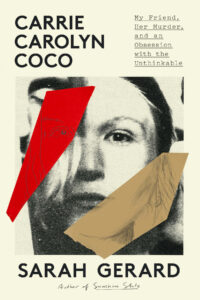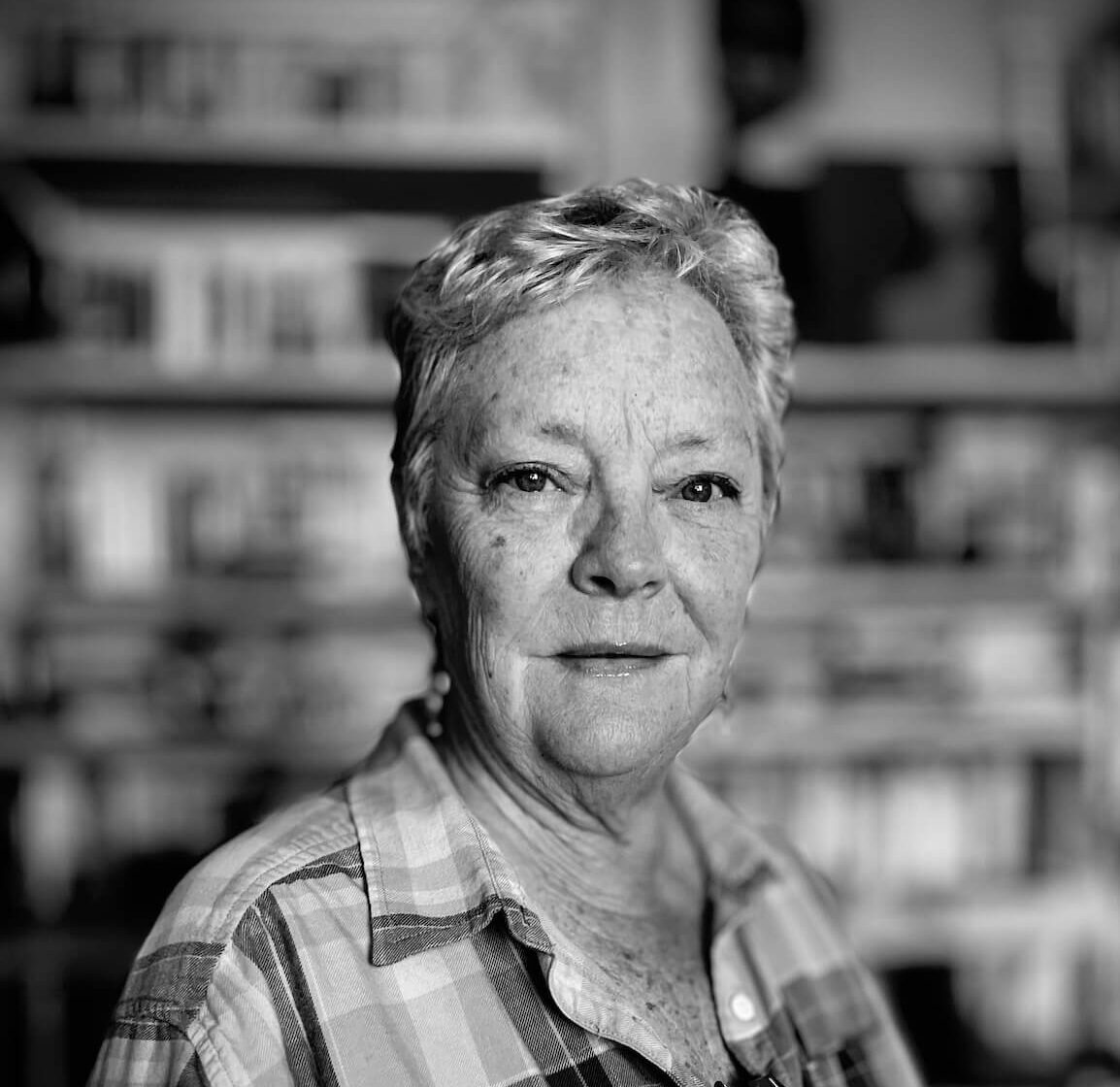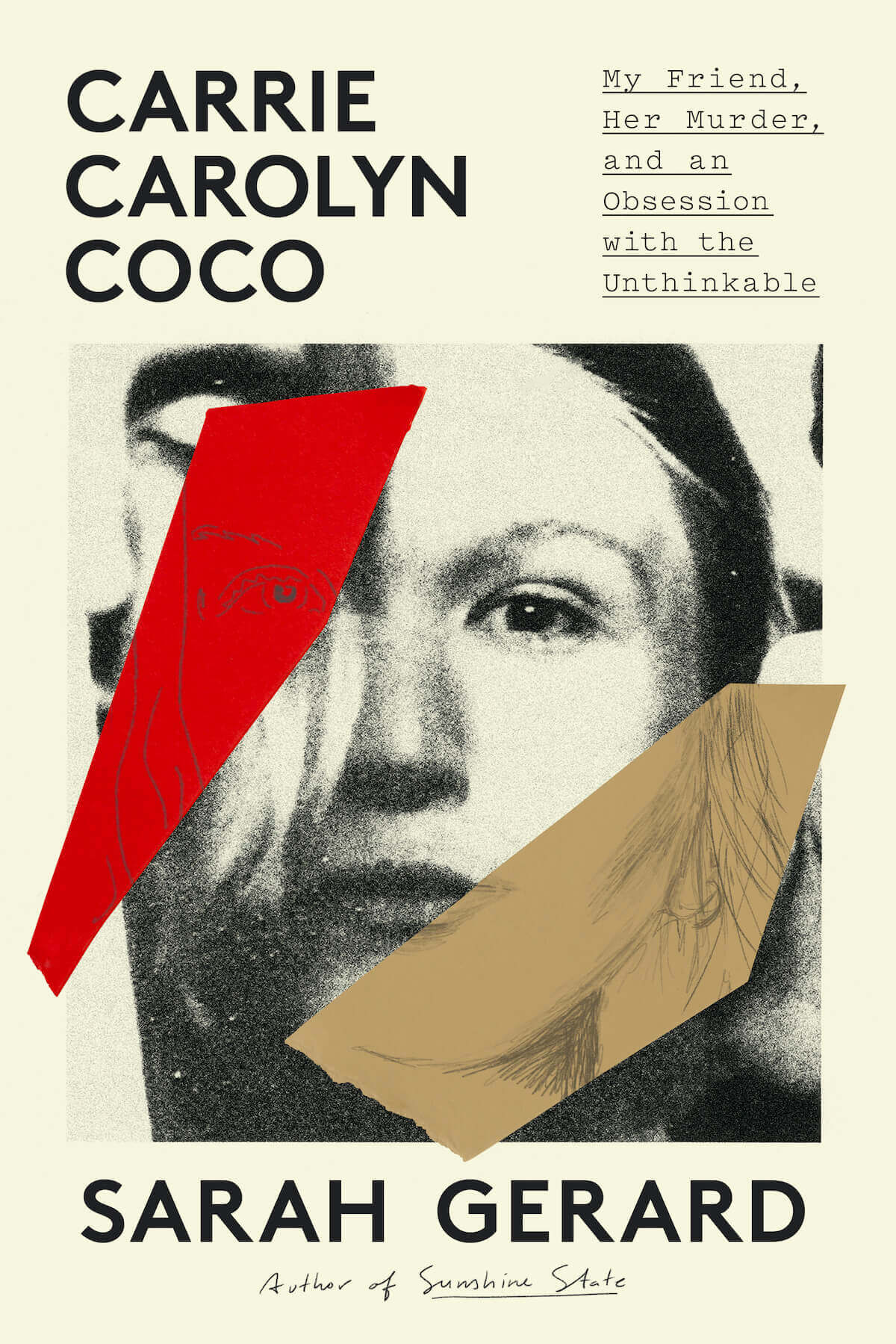Through a prism of light and dark
Hybrid memoir/investigation creates a collage of a complex life and death
Hybrid memoir/investigation creates a collage of a complex life and death
It’s hard to place Carrie Carolyn Coco: My Friend, Her Murder, and an Obsession with the Unthinkable, Sarah Gerard’s newest book of nonfiction, into a traditional genre, though it’s most frequently referred to as a memoir.

Sarah Gerard
Gerard, a private investigator and author of several books of fiction and nonfiction, rarely appears as the first-person narrator of the book. It moves along instead in several woven narrative threads, each deeply researched and packed with thousands of details, experiences, relationships and memories that make up the best possible facsimile of a life. The book begins and ends on the day of Carolyn Bush’s murder, Sept. 28, 2016.
One thread comprises the murder, committed and confessed to by Carolyn’s New York City roommate, Render Stetson-Shanahan. His trial and conviction on second-degree manslaughter charges follow a defense theory of marijuana-induced psychosis, resulting in a sentence of five to fifteen years in the state penitentiary. Up to the time of the book’s release this summer, he had not been granted parole.
Stetson-Shanahan’s brutal butchering of Carolyn, also known to friends and family as Carrie and Coco, was an unspeakable shock to those who knew her well as a vibrant spiritual searcher, a perpetual student and artist with a bright future. The impact of her murder and the lasting impact of her presence in their lives take up the majority of pages in the book, distinguishing Carrie Carolyn Coco from its distant cousins in true crime. Gerard precedes the book with a diagram of an extensive list of characters, more than 130, attesting to the sprawling tentacles of influence and impact a murder like this one encompasses, and the vast territory of a human life, even one as short as Carolyn’s. She was 25 when she died.
Gerard digs deeply into Carolyn’s life and life force: moving apartments frequently, taking multiple jobs and Airbnb’ing a room to pay the rent, maintaining relationships with friends and family, hanging on in her academic and artistic pursuits, optimistic and hopeful in the face of day-to-day failures and triumphs. Underlying the course of her life is one of the book’s more intriguing inquiries, into the double standard afforded (notably White) young men of privilege and social standing compared to women like Carolyn.
Bard College, the picturesque liberal arts school in the Hudson Valley that Carolyn attended and from which Stetson-Shanahan  graduated, plays largely into this narrative of privilege. The college’s President since 1975, Leon Botstein, an outspoken non-apologist for documented sexual abuses on campus under his watch and a friend of Jeffrey Epstein, during the trial offers support for the Bard alum through letters to the court characterizing Stetson-Shanahan as a quiet, artistically driven young man of fine character.
graduated, plays largely into this narrative of privilege. The college’s President since 1975, Leon Botstein, an outspoken non-apologist for documented sexual abuses on campus under his watch and a friend of Jeffrey Epstein, during the trial offers support for the Bard alum through letters to the court characterizing Stetson-Shanahan as a quiet, artistically driven young man of fine character.
Referring to Botstein’s letters of support and others from college personnel, Gerard concludes: “In our judicial system, a defendant is presumed innocent until proven guilty beyond a reasonable doubt. In a murder trial such as Render’s, all that the defense must do is cast reasonable doubt on a defendant’s intent to kill. The letters from Bard personnel helped cast that doubt. In these same letters, Carolyn is mentioned in passing, barely at all.” Gerard goes on to point out that the school was careful in its exchanges with media to clarify that Carolyn hadn’t graduated from Bard.
A reader walks away from this book feeling as if she has entered and walked through a prism, multitudinous points of light reflecting aspects of Bush’s life that, together, paint a multifaceted being, shadowed by darkness but overwhelmingly sparkling.
Gerard, in addition to being a lauded writer, is a collage artist and a graduate student in criminal justice at CU Denver, focusing on gender-based violence. She worked at a New York bookstore with Bush for a short time and found that they’d both grown up in St. Petersburg, Florida, bonding them immediately alongside their shared experiences, though at different times, as writers and students at the New School. Pulled together in a meticulously researched memoir/investigation, these merging identities form an unforgettable literary experience. It’s impossible to forget Carolyn and everything that made her, thanks to Gerard’s artistry in telling this complex, distinctly American story.
Click here for more from Kathryn Eastburn.

